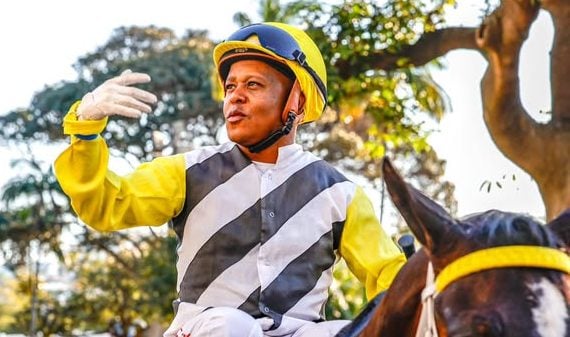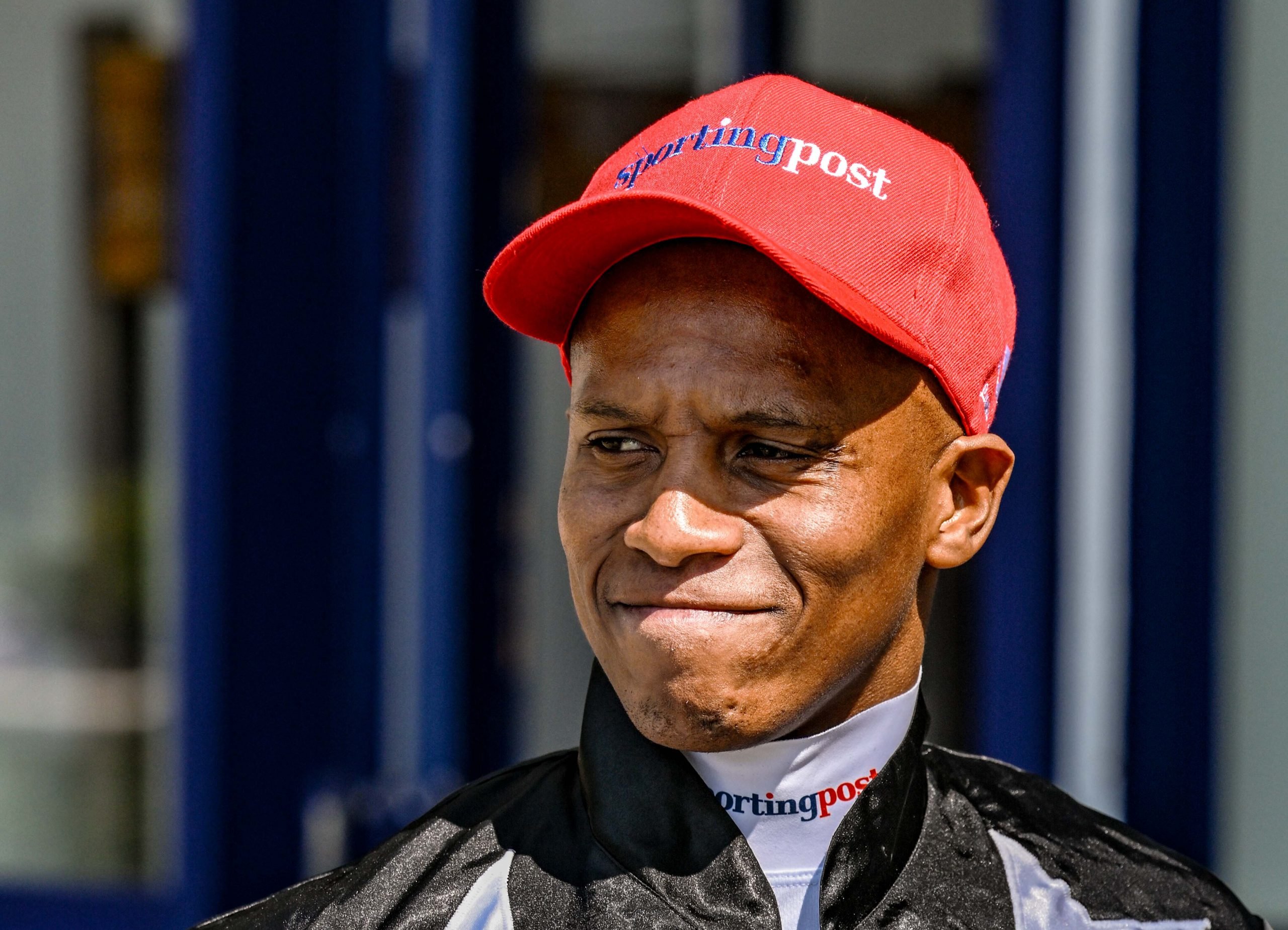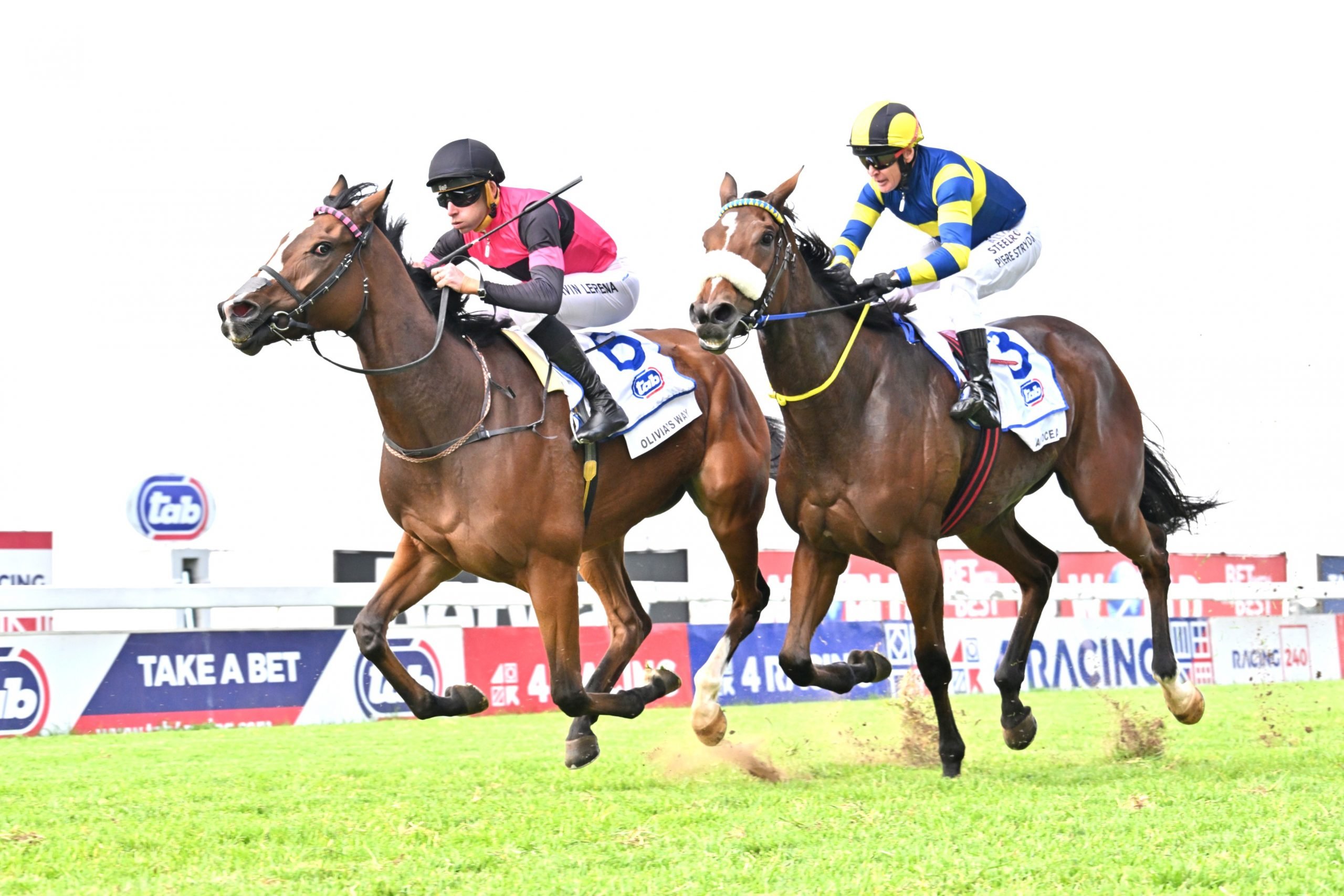Should government give racing the green light to resume behind closed doors on Friday, Kenilworth will have the honour of getting the show back on the road with an eight race card.
While there was no official public notice, it is noticeable that the field sizes have been restricted to 12 runners.
The BHA announced earlier that on their return they would be limiting their fields and only allowing experienced jockeys to ride.
This is, one assumes, a move to reduce the likely risk of accidents. Our authorities may have followed that lead in terms of the field numbers.
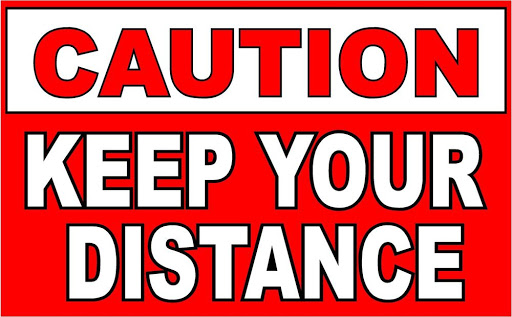
The NHA’s published protocols to be applied in the course of a behind-closed-doors racemeeting include, amongst others, some basic yet onerous practicalities that will take awareness and adjustment on the part of all involved.
Old habits die hard, won’t be an excuse!
Looking at some items on the extensive list published by the operator and the regulator, it commences when the runner departs the stable. Only one groom is allowed to accompany the horse and that staffmember has to have his temperature taken prior to departure from the stable.
All horse equipment, including lead rein and head collars, have to be sanitized prior to departure from the stable.
Every transport vehicle has to be thoroughly cleaned and disinfected on departure and arrival.
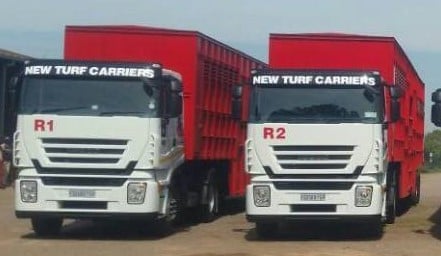
Only essential staff members will be permitted entrance and then through the single access gate to Kenilworth.
All entrants to the racecourse on Friday , who are obliged to wear face masks, will be temperature tested – 38 degrees and above will not be allowed entry. They will all be hand sanitized before being allowed access to the historic track.
All persons on course are instructed to maintain a 1,5 m social distancing area around them. There are some cases – when, for example, giving a jockey a leg-up, when this obviously becomes impractical.
Participants have been urged not to gather or congregate in any areas. This includes standing around a TV to watch a race.
Only one person is permitted in a horse stall while saddling and tacking up.
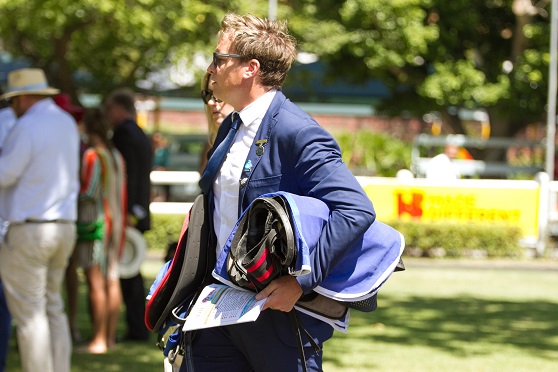
Trainers have to ensure that their staff members are supplied with clothing which needs to be laundered after every race meeting.
Participants have been encouraged to bring their own pre-packed food and beverages, which are obviously not allowed to be shared.
We are likely to see some club colours later in the afternoon as the same set of silks will not be allowed to be used more than once at the meeting. All silks have to be thoroughly washed after every use.
All jockeys must ensure that their equipment is disinfected before arriving on course and again when arriving home after races. No equipment sharing will be permitted between them.
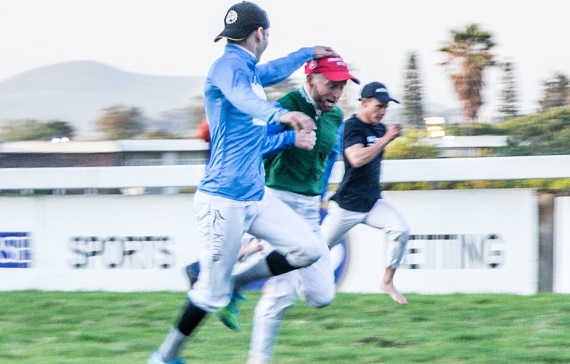
Like everybody else, jockeys will be required to wear face masks and these can only be discarded when mounting their horse in the parade ring.
Riders have been instructed to place their skull caps and crops on a table next to the scale when weighing in.
The use of the sweat box will not be permitted on race day.
When cantering to start, and while parading behind the stalls, jockeys are also required to apply the 1,5m distancing limit.
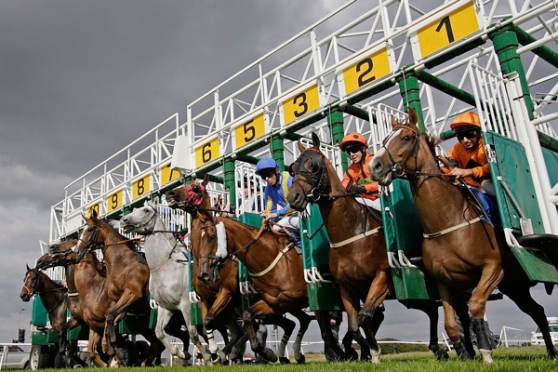
.
The starter will load horses by odd and even draws to facilitate spacing between jockeys and the handlers for as long as possible.
It will be a case of adjustment and learning as they go. But the National Horseracing Authority has indicated that anybody who doesn’t toe the line will be handed a ‘significant fine’.
 The racing regulator has also warned that the lockdown protocol instructions do not derogate from the powers of Stipendiary Stewards to suspend any person who breaches these directions.
The racing regulator has also warned that the lockdown protocol instructions do not derogate from the powers of Stipendiary Stewards to suspend any person who breaches these directions.
They point out that the provisions of Rule 72.1.40 are applicable.
This applies to Specific Offences (Prohibited Practices).
Subsection 72.1 refers to Contraventions:
Without in any way derogating from the provisions of the rules, no person shall:-
72.1.40 fail or refuse to comply with any reasonable order, direction or requirement of any licenced official.
Let’s just hope we can get racing on Friday.






